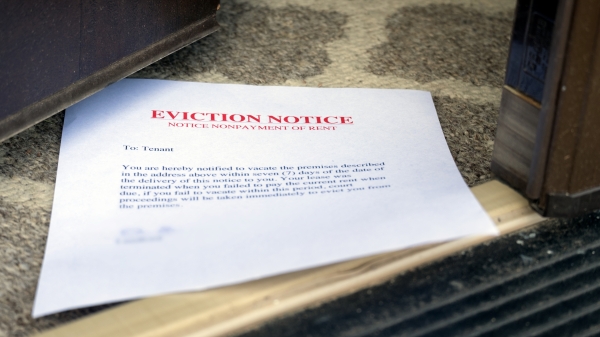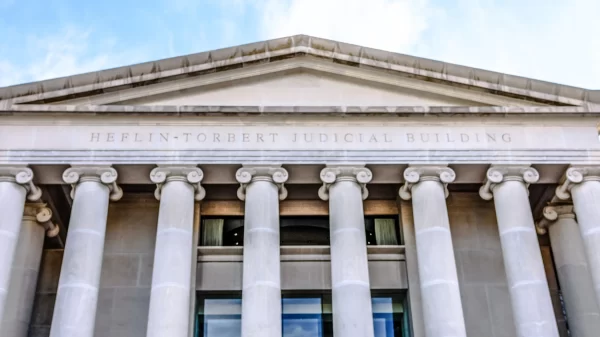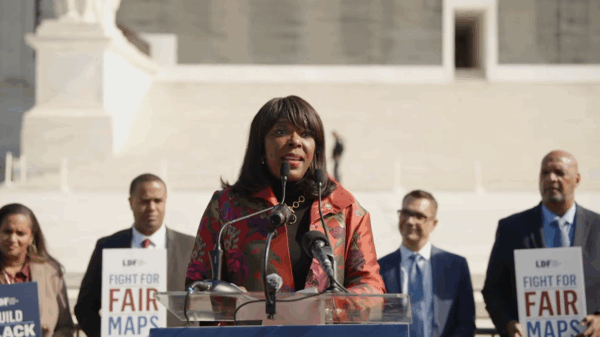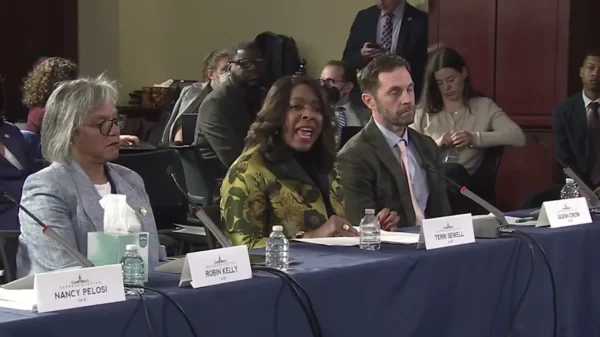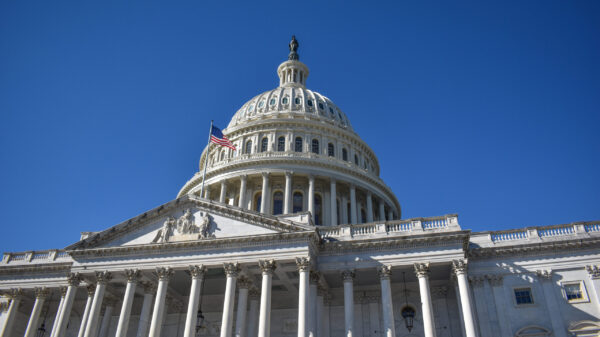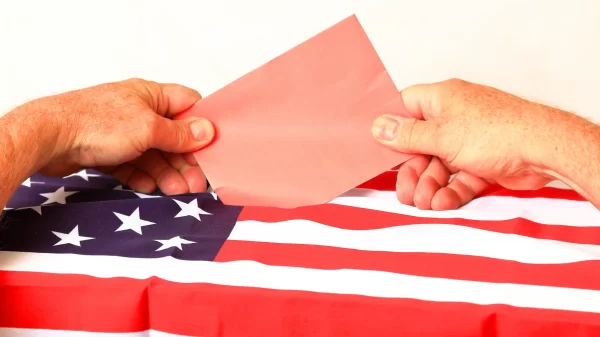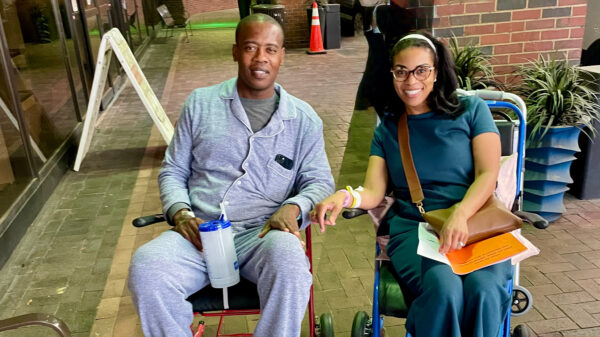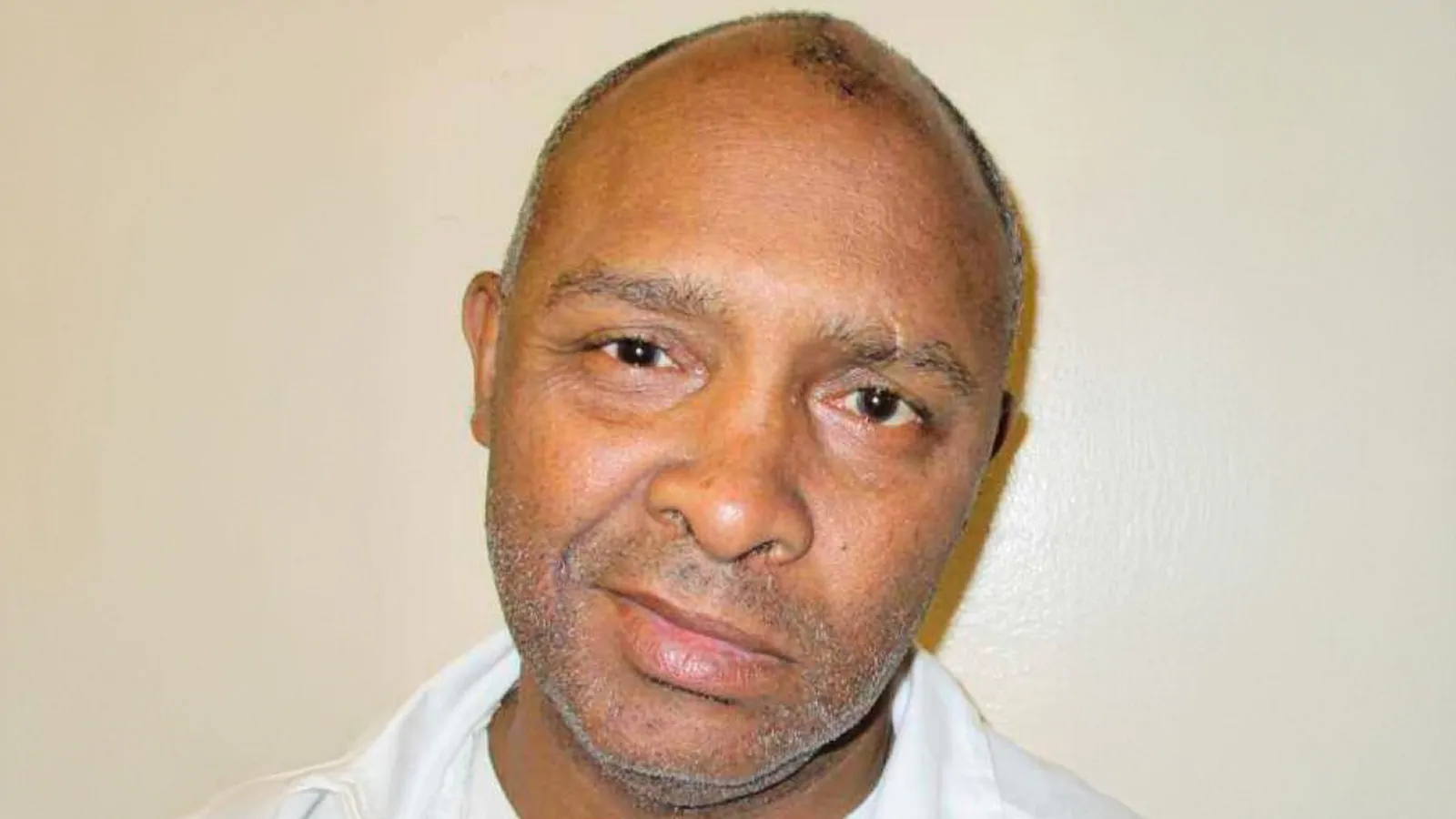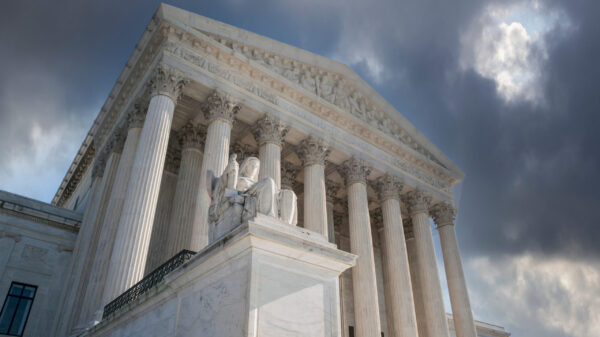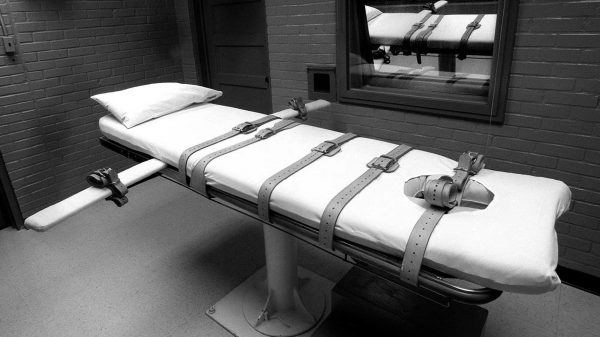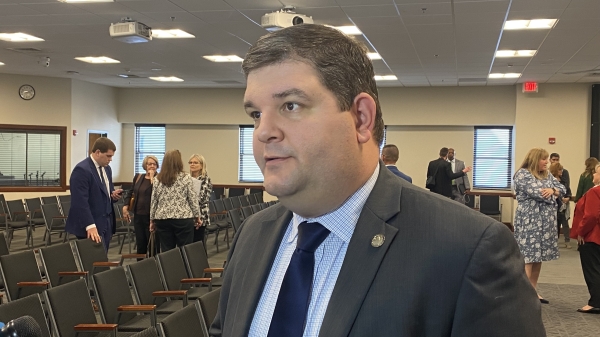Michael Sockwell, who has spent 25 years on Alabama’s death row, is eligible to be retried after a three-judge panel of the U.S. Court of Appeals for the 11th Circuit found that prosecutors had violated his 14th Amendment rights by systemically excluding Black jurors from his 1990 trial.
Sockwell was indicted by a grand jury in 1988 for killing Isaiah Harris, a Montgomery County deputy sheriff, according to the appeals court ruling. Harris was shot as he was driving to work in what prosecutors said was a murder-for-hire plot orchestrated by his wife.
Sockwell, who pleaded not guilty to the charges, went on trial in 1990. The jury voted 7-5 to sentence Sockwell to life in prison, but the judge overruled the decision and sentenced Sockwell to death, citing pecuniary gain as the reason for overriding the jury’s recommendation.
In 2017, Alabama became the last state in the country to end judicial override in capital cases, prohibiting judges from imposing a death sentence when the jury recommends life in prison.
The Appeals Court found that the state of Alabama violated Sockwell’s 14th Amendment right to due process by removing some of the jurors in a discriminatory manner.
According to the appeal, multiple jurors had been struck from the jury pool in part because of their stances on the death penalty. The panel issued a 2-1 opinion stating Alabama prosecutors violated Sockwell’s 14th Amendment rights and determined that prosecutors “repeatedly and purposefully struck Black jurors, making only dubious and capricious excuses.”
“During the peremptory striking process, Brooks used the State’s fifteen peremptory strikes to remove eight qualified Black jurors and seven qualified white jurors. But after Brooks’ strikes, 17 percent of the jurors were Black (i.e., only two Black jurors) and 83 percent were white (i.e., ten white jurors). Brooks struck 80 percent of the qualified Black jurors while striking only 22 percent of the qualified white jurors. The number of Black jurors decreased 50 percent, while the number of white jurors increased. This statistical information establishes a pattern of striking qualified Black jurors far more often than qualified white jurors and provides strong evidence of the disproportionate exclusion of Black jurors,” the court opinion reads.
Judge Robert J. Luck dissented, disagreeing with the other judges that the prosecutor had shown a pattern of racial discrimination in the case and calling the opinion “flawed.”
“Ms. Brooks used far less than seventy-five percent of her peremptory challenges to strike black veniremembers. Ms. Brooks had fifteen peremptory strikes. Of those fifteen, she used seven—a little less than fifty percent—to strike white veniremembers and eight—a little more than fifty percent—to strike black ones. Put another way, Ms. Brooks used almost as many strikes on white veniremembers as she did on black ones,” the dissenting opinion reads.














